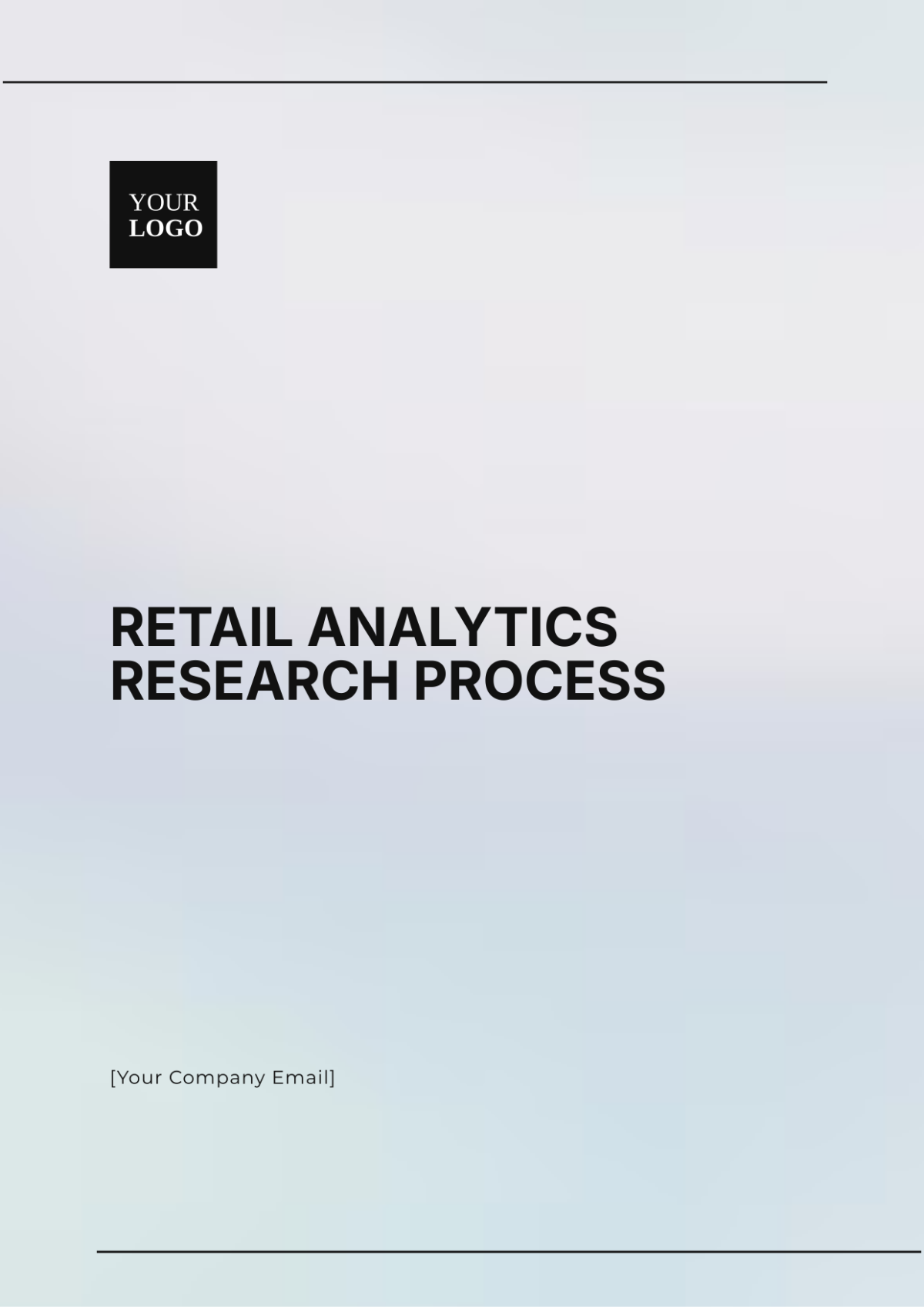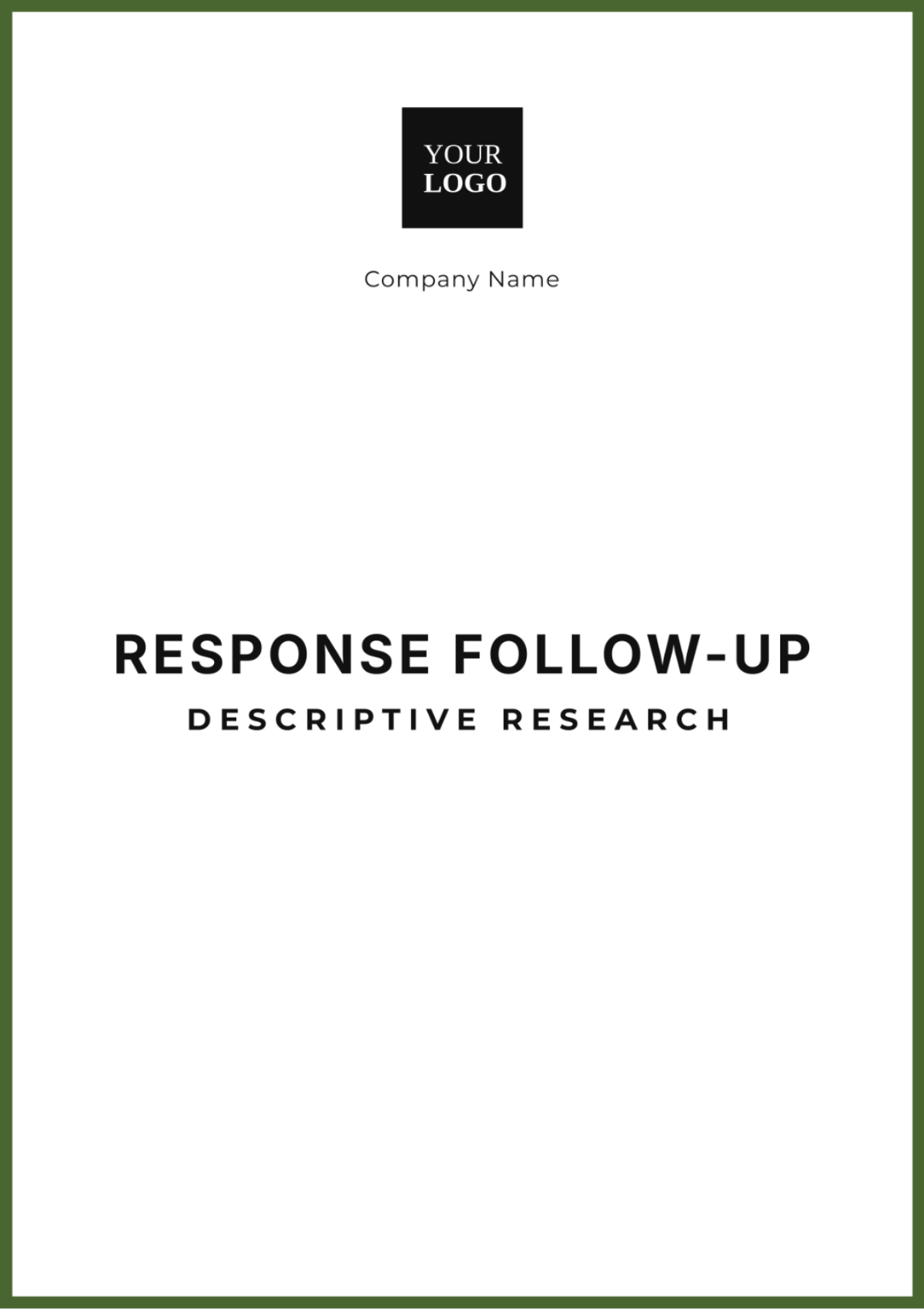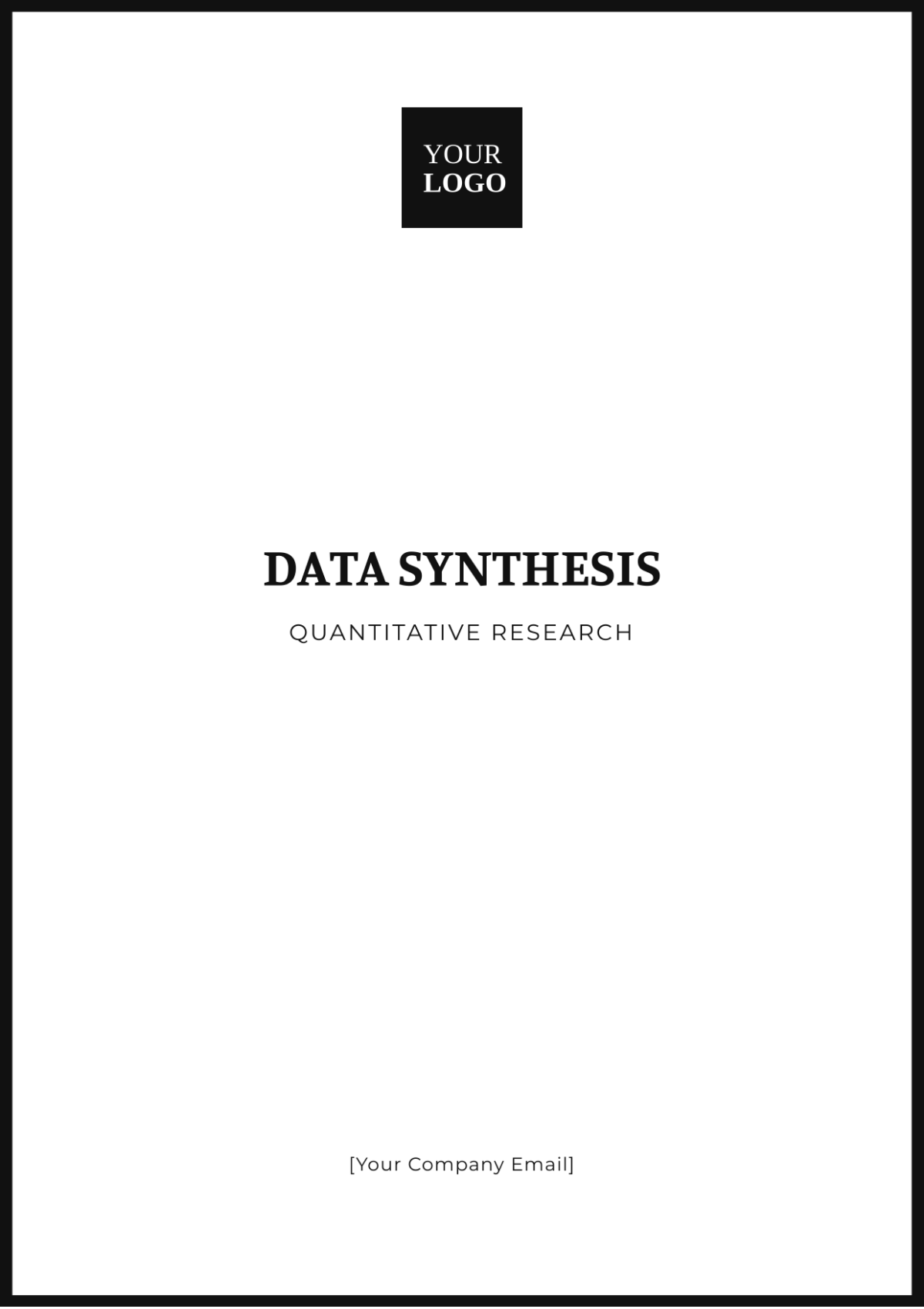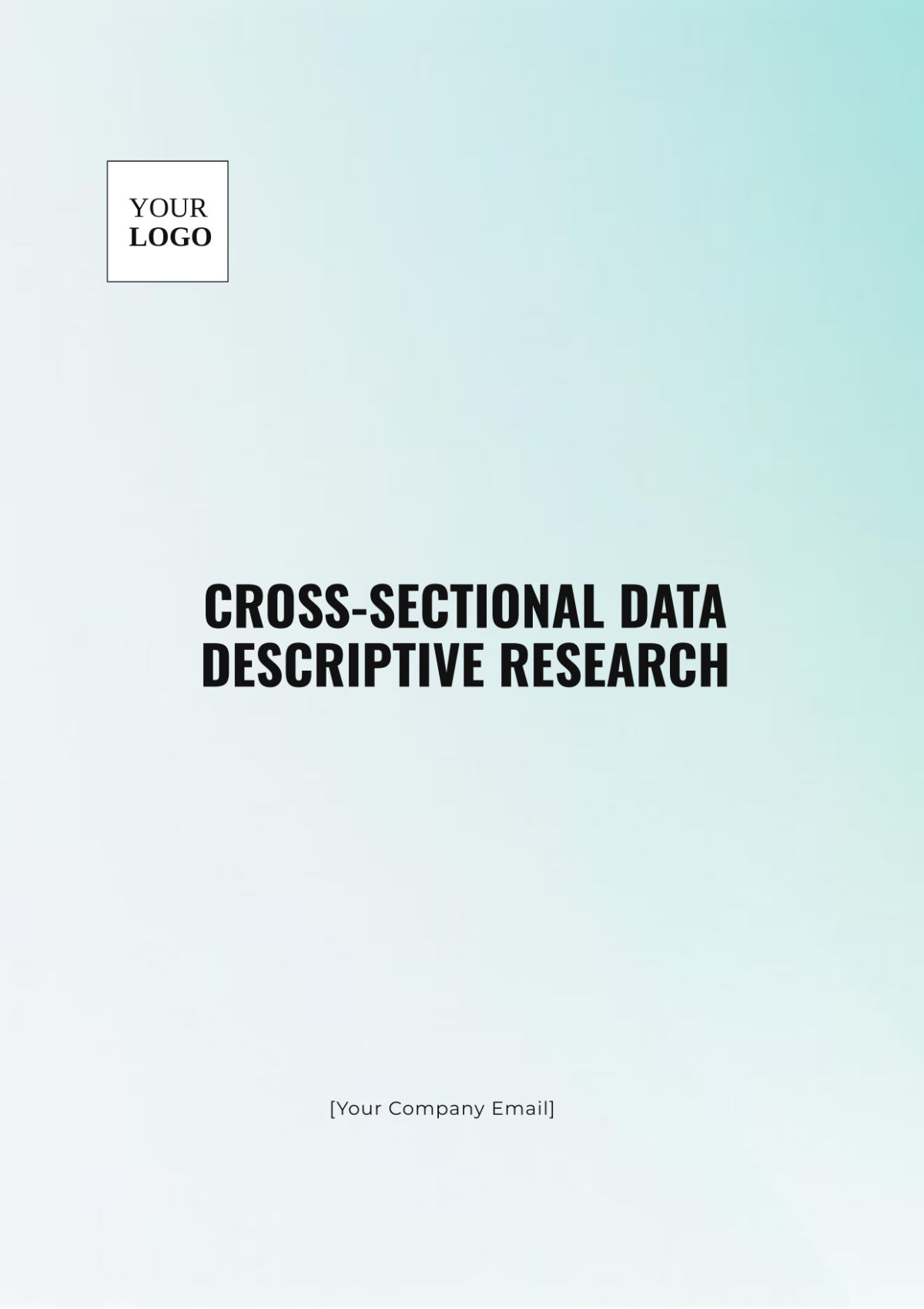Retail Analytics Research Process
Prepared by: [Your Name]
Date: [Date]
1. Introduction
Retail analytics has become a crucial aspect of modern retail management, allowing companies to harness data to make informed decisions. This research aims to explore the latest trends and methodologies in retail analytics, providing actionable insights to enhance operational efficiency and customer satisfaction. By leveraging advanced analytical techniques, our goal is to offer strategic recommendations that will drive growth and improve performance in the retail sector.
2. Research Objectives
The primary objectives of this research are:
To understand developing customer behavior and preferences in the retail landscape.
To optimize inventory management and supply chain processes through data-driven insights.
To identify emerging trends and patterns in sales data to inform strategic planning.
3. Research Methodology
3.1 Data Collection
Data for this research was collected through various sources, including:
Customer transaction data from Point-of-Sale (POS) systems across multiple store locations.
Online and social media interactions, utilizing tools like sentiment analysis to gauge customer opinions.
Historical sales and inventory data spanning from January 2050 to June 2050.
3.2 Data Analysis
The data was analyzed using the following techniques:
Statistical Analysis: Applying descriptive statistics to summarize data and inferential statistics to conclude.
Predictive Modeling: Using regression analysis and time-series forecasting to predict future sales trends.
Machine Learning Algorithms: Implementing clustering and classification models to identify customer segments and purchasing patterns.
3.3 Research Tools and Technologies
The research utilized a range of tools and technologies, including:
Data Visualization Software: Tableau and Power BI for creating interactive dashboards and visual reports.
Analytics Platforms: Google Analytics and IBM Watson Analytics for comprehensive data analysis and reporting.
Data Processing Frameworks: Apache Spark for handling large-scale data processing and analysis.
4. Findings
The research uncovered several key findings:
Customer Behavior: A significant shift towards online shopping was observed, with 65% of customers preferring e-commerce platforms over physical stores.
Sales Trends: Seasonal promotions and personalized marketing campaigns led to a 20% increase in sales during peak periods.
Inventory Management: Inefficiencies in inventory management were identified, with stock-outs occurring in 15% of high-demand items.
5. Recommendations
Based on the findings, the following recommendations are proposed:
Enhance Online Presence: Invest in improving the online shopping experience and implement targeted digital marketing strategies to capture a larger share of the online market.
Optimize Inventory Management: Utilize advanced inventory management systems to reduce stock-outs and overstock situations, ensuring optimal inventory levels.
Leverage Data for Personalization: Develop personalized marketing campaigns based on customer segmentation to increase engagement and conversion rates.
6. Conclusion
This research highlights the importance of leveraging retail analytics to drive business growth. By understanding customer behavior, optimizing inventory management, and identifying key trends, retailers can enhance their strategic decision-making and improve overall performance. The recommendations provided offer actionable steps to address current challenges and capitalize on emerging opportunities.
7. References
Smith, J. (2050). Advanced Retail Analytics: Techniques and Trends. Retail Insights Publishing.
Johnson, L. (2050). Data-Driven Decisions in Retail. Future Analytics Journal, 15(2), 45-67.
Data Science Institute. (2050). Annual Report on Retail Data Analysis.

















































